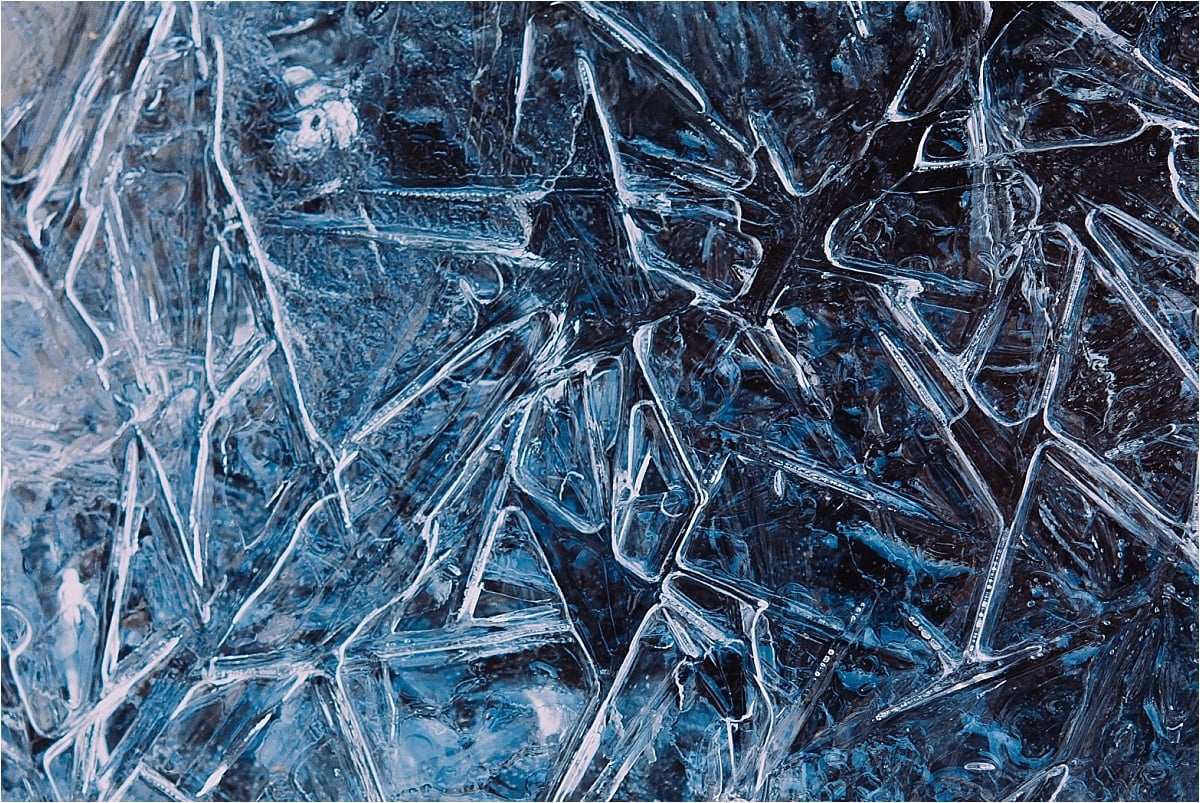3 Ways To Spot Freezer Burn In Commercial Kitchens

Freezer burn can be one of the biggest contributors to food waste in commercial kitchens and dissatisfied customers. From poor flavors to decreased profits, there are many harmful effects of freezer burn that can negatively impact restaurants and other types of foodservice operations.
What are the simple ways to detect freezer burn, and how what are the things operators should look for when trying to eliminate it from the walk-ins?PACKAGING
Start with the packaging. Foods that are sealed inside airtight plastic are less likely to have freezer burn. Foods that are inside packages that are ripped or are loosely sealed are more likely to have freezer burn. So, make sure the packaging is intact.
Because foods that are stored longer are more likely to have freezer burn, also check the packaging for expiration dates. If the storage date has come and gone, freezer burn is more likely to be present.
Between expiration dates and tightly-sealed foods, packaging is the first place to start for spotting freezer burn.
FOOD COLOR
Once foods are unwrapped from packages, it's important to check the foods themselves. There are a few things to keep in mind when inspecting foods, and the easiest one to locate is ice crystals and discoloration.
Proteins that are darker or red in color like beef or steaks tend to have lighter spots on the surface of the meat when freezer burn is present. Other lighter foods like chicken will have darker spots. Vegetables will have white spots, and when you add in the presence of ice crystals, you can be pretty sure your foods are freezer burned.
STRUCTURAL INTEGRITY
Aside from color, there are other basic factors to consider when inspecting foods in a walk-in.
Structural integrity is an important one. Foods with freezer burn can tend to shrink or shrivel, and the texture on the surface of foods will lose desired qualities. These should be easy to spot. Smell is also important, as frozen foods can put off foul odors.




